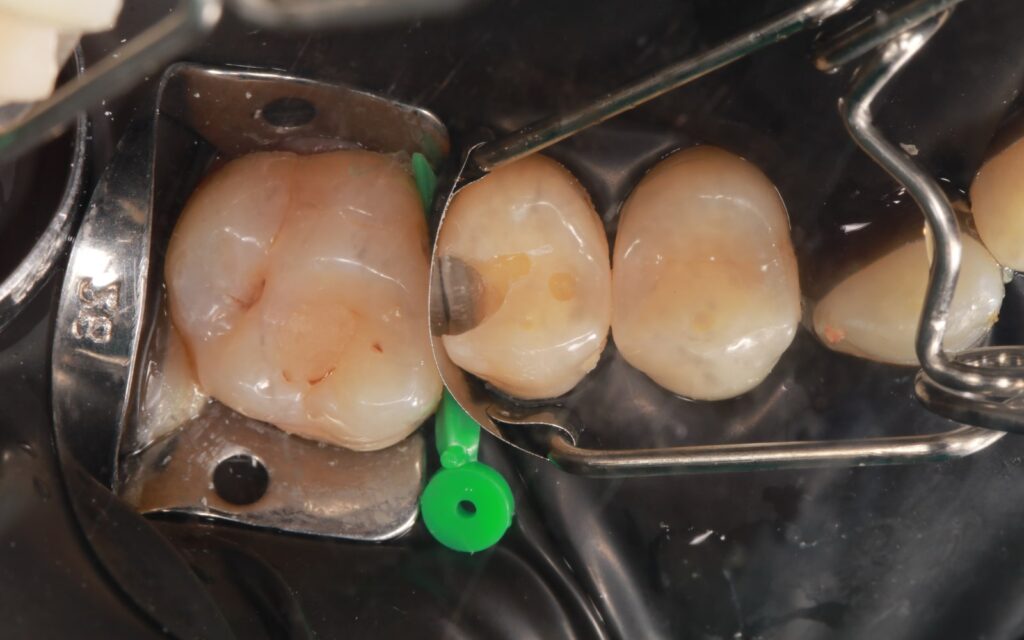Introduction
It’s a rare person who’s never heard about the risk of cavities. These points of decay and erosion on our teeth result from bacteria that consume sugar and excrete acid. Even those who are familiar with cavities as a concept may not know how their dentist classifies them. The notes they make may include unfamiliar terms and concepts for the average patient. However, these notes represent one of the essential tools of dentistry, a classification system that provides a quick and easy reference for decay. We’ll shed a little light on this century-old system and how it helps your dentist protect your oral health inside.
The Creation Of The GV Black Classification System and How It’s Used
This system that your dentist uses has been in existence since the mid-1800s. Born in 1836, Dr. GV Black developed a system that would change how dentist’s talked about cavities. This system is just one of the significant contributions he made to dental science before passing in 1915. He has been honored by the use of his name in the classification system he created. This system begins by designating different classes of cavities.
Basic dental terms
An understanding of some basic dental terms will be helpful in understanding the classes the system describes:
- Occlusal – Indicates the portion of your tooth that comes into contact with teeth in the opposing arch. This term refers to your teeth’ biting surfaces.
- Lingual – Indicates where the teeth face the tongue.
- Buccal – Indicates the portion of the teeth that face the cheek.
- Interproximal – The point where two teeth come into contact with each other.
- Proximal – The side of the tooth closest to your center of mass.
These terms are used in the following classes to indicate the location where the cavity forms:
- Class I – The pits and crevices of the tooth’s biting surface are home to Class I cavities. They can occur on either the buccal or lingual part of the occlusal surface.
- Class II – The molars and premolars’ proximal areas are home to the Class II cavity. In most cases, gum tissue and location prevent visual identification.
- Class III – The canines and incisors are the homes of the Class III cavity. This form of cavity forms on the portion of the tooth that is not angled.
- Class IV – The biting surface of canines and incisors is home to Class IV cavities.
- Class V – When cavities form beneath the gum line, they are known as Class V cavities. This portion of the tooth is known as the ‘neck.’
- Class VI – The tips, cusps, and biting edges of the teeth are where Class VI cavities form.
Combining these terms with others that indicate severity gives a clear picture of any concerns your teeth may be facing. Below is a list of terms indicating the severity and what they mean:
- Incipient – A cavity that has yet to penetrate the enamel fully and is less than halfway to the dentin
- Moderate – A cavity that has pierced the enamel more than halfway but not completely
- Advanced – A cavity that has fully penetrated the enamel but is less than halfway through the dentin
- Severe – A cavity that has penetrated the tooth clear to the pulp.
Your Dentist Can Explain The GV Classification Further
Approach your dentist with more questions about this system to learn more. You can even wait to do it during your bi-annual visit, but make sure it’s scheduled!
It’s a rare person who’s never heard about the risk of cavities. These points of decay and erosion on our teeth result from bacteria that consume sugar and excrete acid. Even those who are familiar with cavities as a concept may not know how their dentist classifies them. The notes they make may include unfamiliar terms and concepts for the average patient. However, these notes represent one of the essential tools of dentistry, a classification system that provides a quick and easy reference for decay. We’ll shed a little light on this century-old system and how it helps your dentist protect your oral health inside.
The Creation Of The GV Black Classification System and How It’s Used
This system that your dentist uses has been in existence since the mid-1800s. Born in 1836, Dr. GV Black developed a system that would change how dentist’s talked about cavities. This system is just one of the significant contributions he made to dental science before passing in 1915. He has been honored by the use of his name in the classification system he created. This system begins by designating different classes of cavities.
An understanding of some basic dental terms will be helpful in understanding the classes the system describes:
- Occlusal – Indicates the portion of your tooth that comes into contact with teeth in the opposing arch. This term refers to your teeth’ biting surfaces.
- Lingual – Indicates where the teeth face the tongue.
- Buccal – Indicates the portion of the teeth that face the cheek.
- Interproximal – The point where two teeth come into contact with each other.
- Proximal – The side of the tooth closest to your center of mass.
These terms are used in the following classes to indicate the location where the cavity forms:
- Class I – The pits and crevices of the tooth’s biting surface are home to Class I cavities. They can occur on either the buccal or lingual part of the occlusal surface.
- Class II – The molars and premolars’ proximal areas are home to the Class II cavity. In most cases, gum tissue and location prevent visual identification.
- Class III – The canines and incisors are the homes of the Class III cavity. This form of cavity forms on the portion of the tooth that is not angled.
- Class IV – The biting surface of canines and incisors is home to Class IV cavities.
- Class V – When cavities form beneath the gum line, they are known as Class V cavities. This portion of the tooth is known as the ‘neck.’
- Class VI – The tips, cusps, and biting edges of the teeth are where Class VI cavities form.
Combining these terms with others that indicate severity gives a clear picture of any concerns your teeth may be facing. Below is a list of terms indicating the severity and what they mean:
- Incipient – A cavity that has yet to penetrate the enamel fully and is less than halfway to the dentin
- Moderate – A cavity that has pierced the enamel more than halfway but not completely
- Advanced – A cavity that has fully penetrated the enamel but is less than halfway through the dentin
- Severe – A cavity that has penetrated the tooth clear to the pulp.
Your Dentist Can Explain The GV Classification Further
Approach your dentist with more questions about this system to learn more. You can even wait to do it during your bi-annual visit, but make sure it’s scheduled!





















